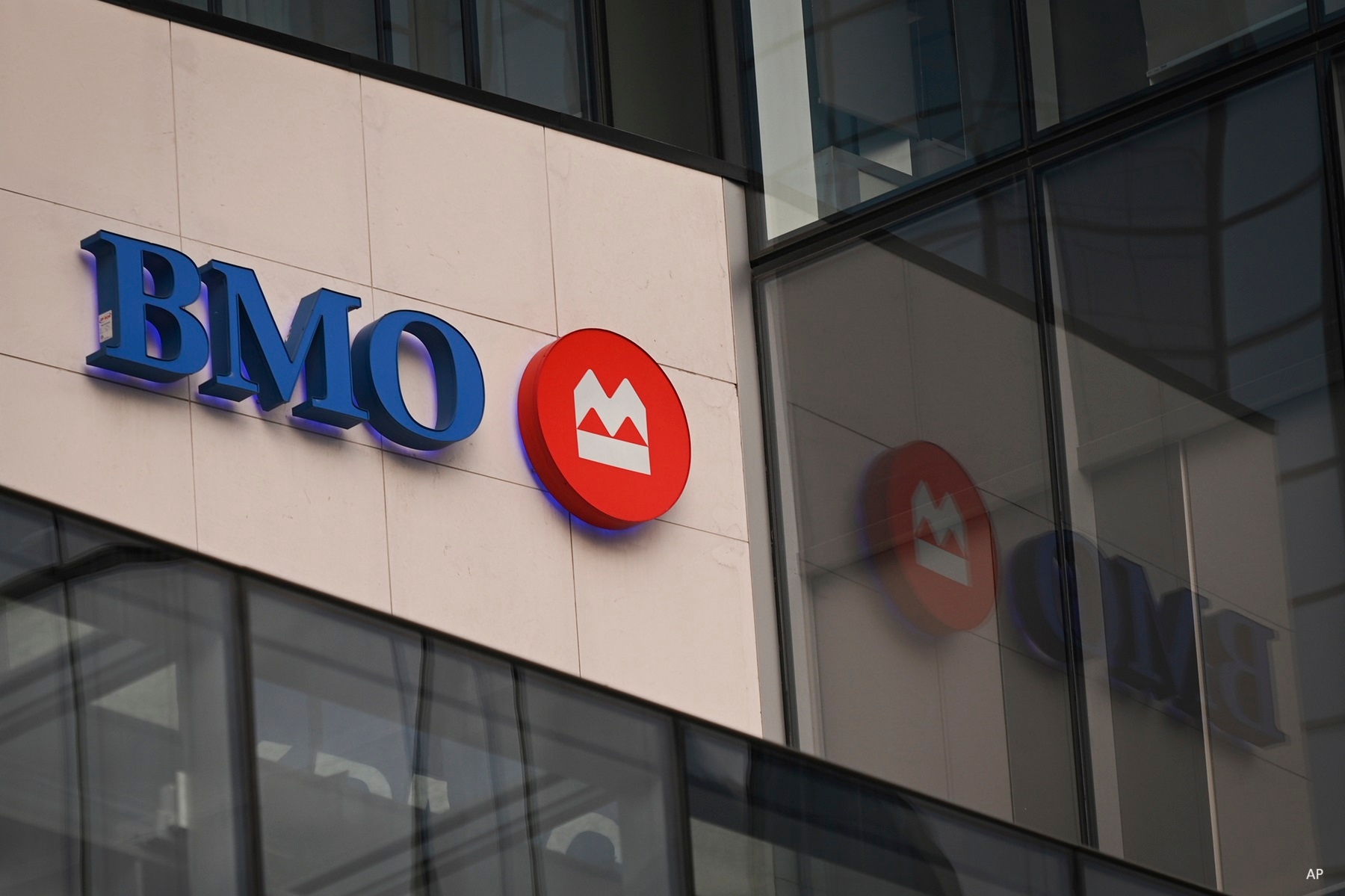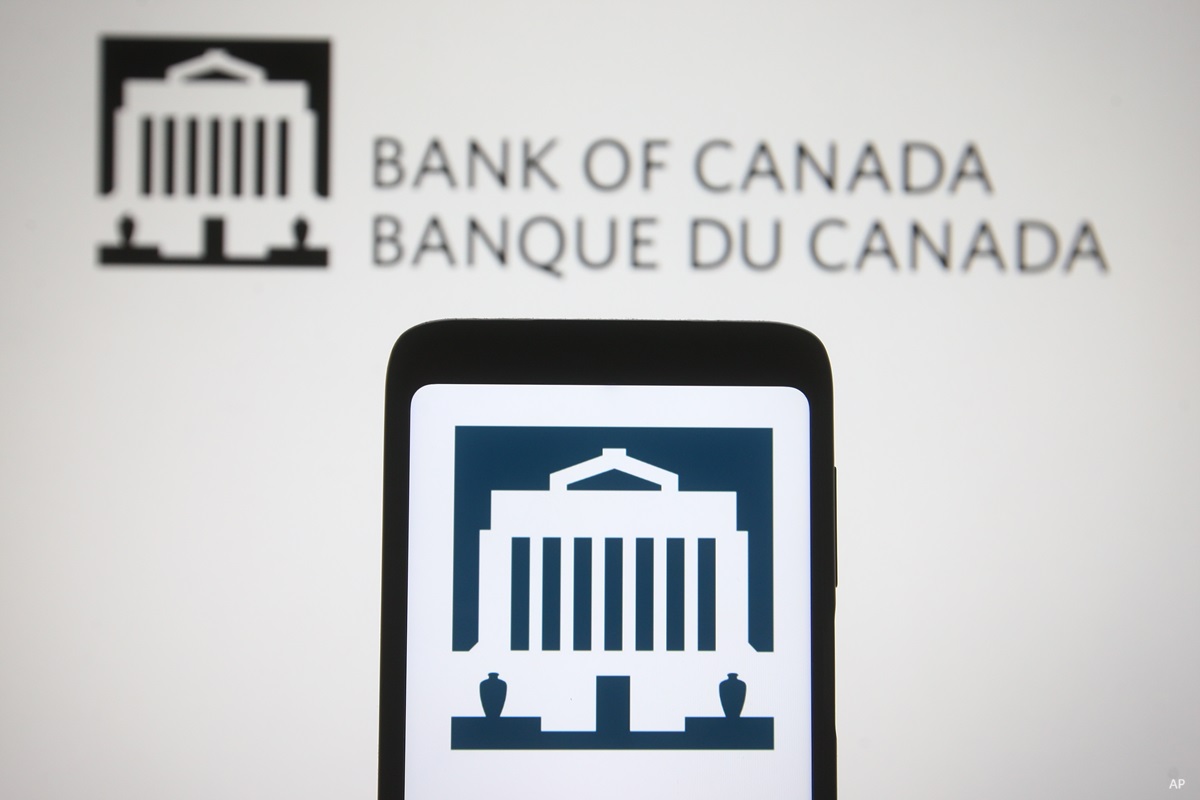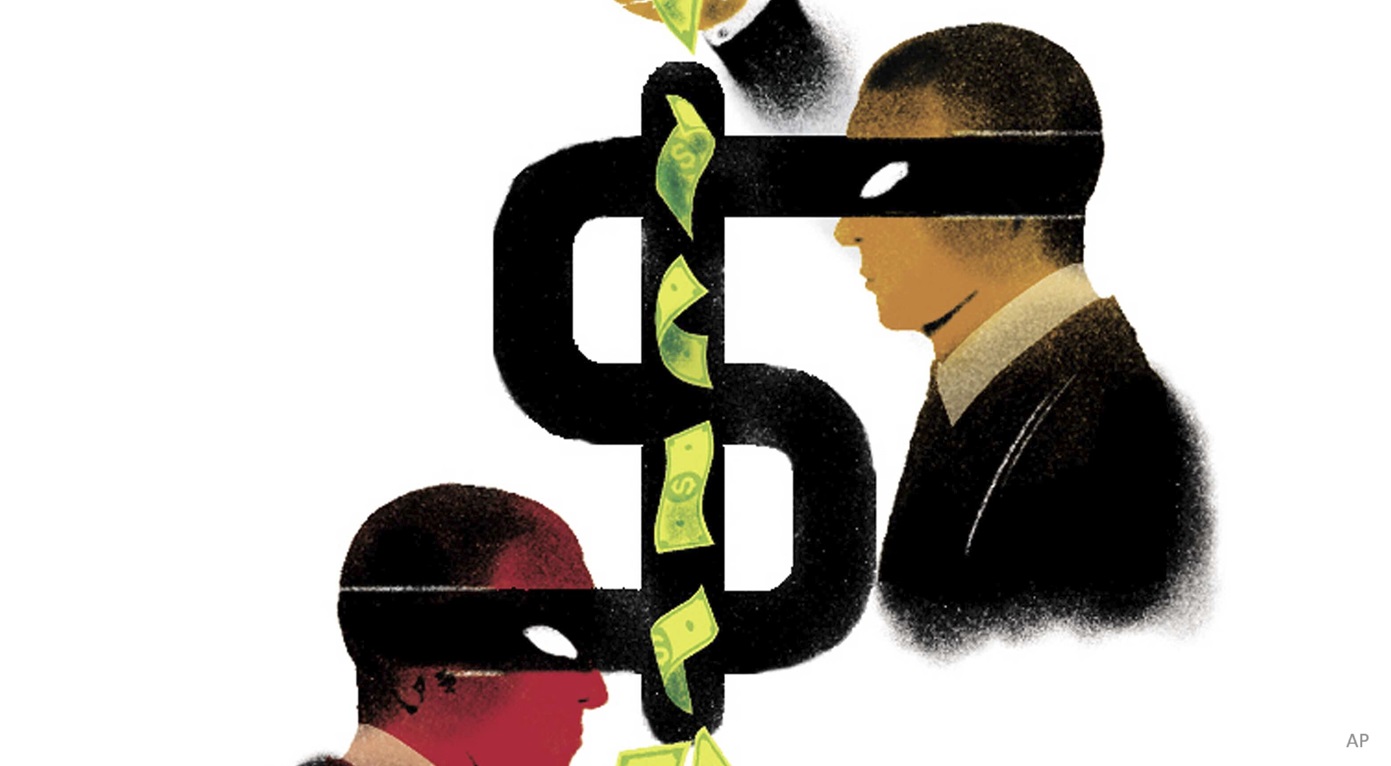The most-cited economic forecast of this millennium has been 2009’s “New Normal” prophecy, which posited that this time was indeed different. The economic future would differ sharply from that of the past, not least because of the trauma of the financial crisis. In short, there would be sluggish growth in the in the United States and Europe, more government intervention and social unrest.
Kudos to the seers! Growth was, as predicted, disappointing. In the United States, the highest real calendar-year GDP growth rate was but 2.7% in 2014, as opposed to above 5% during the previous expansion and almost 5% during the 1990s. The forecast for government activities was solid, too. Governments did get more involved, albeit more by strengthening their fiscal policies through quantitative easing than by creating new restrictions, and the feared trade conflicts have arrived. As, of course, has social unrest – and the revival of populist nationalism in the US and Europe.
None of this, unfortunately, directly helped stock investors. The prognosticators correctly foresaw the political and macroeconomic trends, but they failed to understand how those events would affect equities. Unsurprisingly, they expected tepid growth, great government involvement, and social turbulence to depress stock markets. But such was not the case. Equities soared, most notably in the US, but for the most part throughout the developed markets.
Why did equities outperform the economy?
Stocks appreciated because corporate profits surged and inflation stayed quiet. At essence, equity prices depend upon the answers to two questions: 1) how much money a company earns, and 2) the rate at which those earnings are to be discounted, due to the time value of money. If those responses are sufficiently positive, other concerns pale. That is in fact what happened. The forecasters’ concerns came true, but they ultimately were set aside.
The New Normal’s map was broadly accurate, as far as it went. It accurately portrayed the general economic themes. Those versed in the New Normal understood why unemployment remained higher than in previous discoveries, and that government scrutiny was to be expected. They also were prepared for the political backdrop.
In short, those who crafted the New Normal template considered the actions of chief financial officers in repaying debt, government officials, legislators, and even voters. But they missed a key constituency: institutional investors. Corporate executives don’t listen much to me, but they do tend to pay attention to their largest shareholders. And the message they received from those parties has changed, dramatically. Corporate managements have been told to be conservative. They are under pressure to maximize current profits, rather than spend on projects for later.
Institutional Investors Matter
Since the early 1970s, finance professors and Wall Street analysts have gradually come to agree that the sole task of corporate managements is to enhance “shareholder value,” by increasing the price of their company’s stock. In theory, there’s no reason why that approach wouldn’t lead to higher capital expenditures, because institutional investors could decide that organisations are best served by investing heavily into their businesses. In practice, while institutional owners permit that strategy from a few firms--for example, ![]() Tesla (TSLA) and
Tesla (TSLA) and ![]() Amazon.com (AMZN) – they generally prefer parsimony to ambition.
Amazon.com (AMZN) – they generally prefer parsimony to ambition.
Such scolding had a meaningful effect on corporate profits. By training corporate managements to retain more of their profits, rather than plough them into ventures for the future, institutional shareholders helped to boost current earnings – which, in turn, has made for higher stock prices. How much companies’ higher profitability owes to restraining from capital expenditures and how much to other factors, is unclear. But there’s no doubt that institutional investor behavior has affected equity prices, in a manner that the market forecasters failed to perceive.
Whether this stock market boost is permanent or the product of a temporary “sugar high” from tax cuts, is an open question. It may be that institutional owners have corrected corporate management’s previous wasteful ways, or it may be that stock prices will lag down the line, because corporations have under-invested. Which is the case, I cannot say. I do know, however, that when formulating their projections, stock market prognosticators need to start considering the motivations of institutional investors. They matter.










:quality(80)/cloudfront-us-east-1.images.arcpublishing.com/morningstar/Q3KIND5VXRCNHHH6JQHCCYBSSA.png)









